Legendary Ssanghwacha Street (전설의 쌍화차 거리)
14.5 Km 3983 2024-04-07
147 Jungang 1-gil, Jeongeup-si, Jeonbuk-do
This unique street, known for its cafés selling ssanghwacha, is located along Jungang 1-gil, which is about 200 meters from Jeonbuk Jeongeup Police Station, right in the heart of downtown Jeongeup. Ssanghwacha is a traditional Korean tea made by brewing ssanghwatang, an herbal concoction that includes ingredients like white woodland peony, Chinese foxglove, angelica root, cinnamon, and licorice. Often, to cater to personal tastes, nuts such as walnuts and pine nuts, along with egg yolk, are added to the brew. This tea is particularly favored by middle-aged Koreans and is commonly consumed for its restorative properties when one is suffering from a cold or feeling run-down. The flavor is distinctively herbal with a bitter edge and a sweet finish. At the street’s entrance, a sculpture featuring a ssanghwacha teapot offers a warm welcome to visitors. The renowned Ssanghwatang Teahouse, with a history spanning over 30 years, remains a strong presence on this street, accompanied by about ten other large and small teahouses specializing in ssanghwatang. These cafés typically serve traditional Korean desserts like garaetteok (rice cake stick) and nurungji (scorched rice), which complement the herbal tea perfectly.
Gangcheonsan County Park (강천산 군립공원)
16.4 Km 30627 2024-04-07
97, Gangcheonsan-gil, Sunchang-gun, Jeonbuk-do
+82-63-650-1672
Gangcheonsan Mountain is surrounded by Gwangcheonsan Gwangjubong Peak (583.7 meters above sea level), Gwangdeoksan Seonnyeobong Peak (578 meters), and Sanseongsan Yeondaebong Peak (603 meters above sea level) in the area of 996beonji, Cheonggye-ri, Sunchang-gun, Jeollabuk-do. It is divided into small canyons and has an outstanding view with rocky mountains on all sides. The valley was called Gangcheon Valley because clean and clear water flows like a spring on the hard rocks, and all the mountains around it were called Gangcheonsan Mountain. It is said that in the past it was called Yongcheonsan Mountain, named after the shape of two dragons waving their tails toward the sky and ascending to heaven.
Following the Noryeong Mountain Range to Chuwolsan Mountain, it forms Gwangdeoksan Mountain and Yongcheonsan Mountain. On Sanseongsan Mountain (two dragons from the eastern sky to the western sky) that towers high in the sky, two dragons run east side by side. There are numerous peaks, some famous ones are, Yeondaebong, Undaebong, Suyeongbong, Cheonjabong, Gitdaebong, Gwangjubong, Gyeonjebong, and Songrakbong peaks. Between these two mountains is a very deep valley. Some of the famous valleys are, Yeondaegyegok Valley, Seonnyeogyegok Valley (Jeobujegol), Wondeunggyegok Valley (Yongdaeamgol), Buntonggol Pass, Jijigol Valley, Somokgol Valley, Samindaegyegok Valley (Hwangwoojegol), Giwoojegol Valley, Senyanggol Valley, Multonggol Valley, Chodanggol Valley, Ujakgol Valley, Dongmakgol Valley, Geumganggyegok Valley (Tapsanggol), Seungbanggol Valley, Byeondugol Valley, etc. The clear water flowing from every valley joins into one and the sound of the water crashing against the rocks and stones echoes throughout the valley and enters Gangcheonho Lake.
When spring comes, willows bloom, and when the forsythia and azaleas are in full bloom, wild cherry blossoms reach full bloom on every mountain peak. The clear and clean water flows continuously between the gravel along the valley. Visitors can cool off the heat in this river that does not collect moss either because it is too cold or clean. On Gangcheonsan Mountain, there are beautiful shrubs and maple trees, and the baby maples and baby squirrels announce the arrival of autumn among the seven different types of maple trees. The multiple trails on the mountain are not steep or too dangerous, making it popular regardless of age. It is also ideal for mountaineering and mountain-loving hikers. The scenery of the river with white snow and icicles attracts painters who want to capture the moment on a canvas. Gangcheonsan Mountain has four distinct seasons making it a popular destination all year round.
Chuwolsan Mountain (추월산)
16.4 Km 26611 2021-06-14
981, Chuwolsan-ro, Damyang-gun, Jeollanam-do
+82-61-380-3492
Located 13 kilometers away from Damyang-eup, Chuwolsan Mountain (731 m) was designated Jeollanam-do Provincial Monument No. 4 and is one of the five famous mountains of Jeollanam-do. It marks the boundary between Jeollanam-do, South Jeolla Province (Wolgye-ri, Yong-myeon, the most northern town in Damyang-gun) and Jeollabuk-do, North Jeolla Province (Bokheung-myeon, Sunchang-gun). The mountain has a dense forest, rock formations and stones, and rock walls that look like manmade fortifications with a narrow path to the west which can accommodate only one person at a time.
Shaped like a Buddhist monk lying down when it is seen from Damyang-eup's side, it is popular for its various naturally grown medicinal herbs as well as rare kinds of Chuwolsan orchids. The base of the mountain has gentle slopes and densely packed old pine trees, making it the best destination for families in summer. The hiking trail is hard to climb despite the fact that the peak is not very high. However, it is visited by mountain climbers all year long.
Before reaching Sangbong Peak, there is a hermitage and a mineral spring that never dries up. The peak also boasts an impressive view of the surrounding area, including Damyangho Lake. Chuwolsan Mountain was a battle site during the Imjin War along with the nearby Geumseongsanseong Fortress. The last battle of Donghak Peasant Revolution also took place at Chuwolsan Mountain.
Gudam Village (구담마을)
16.7 Km 13231 2024-04-07
49, Cheondam 1-gil, Imsil-gun, Jeonbuk-do
+82-63-644-9051
Located at the beginning of the Seomjingang River, the steep banks in Gudam Village are covered in maehwa (plum blossoms) in white and red. While strolling along the 3-kilometer-long path of the riverside that connects Gudam Village to Cheondam Village, tourists will be impressed by the beautiful scene created by the plum and cherry blossoms. The village became more and more famous thanks to its cozy ambience created by the Seomjingang River, plum blossoms and Zelkova at the mouth of the village, attracting visitors to enjoy a walking trip. The village has also served as a filming location for movies, including the film "Spring in My Hometown (1998)."
Baegyangsa Temple (백양사)
17.2 Km 51830 2024-03-20
1239 Baegyang-ro, Bukha-myeon, Jangseong-gun, Jeollanam-do
+82-61-392-7502
Baegyangsa Temple is a historic temple built in the 6th century located on Baegamsan Mountain. Walking through the forest path, visitors are greeted by a serene lake overlooked by Ssanggyeru Pavilion at the entrance of Baegyangsa Temple, creating a picturesque scene especially during autumn with its vibrant foliage. Surrounding the temple are over 5,000 torreyas, some over 500 years old, lending a lush ambiance to the area. Baegyangsa Temple is picturesque in every season and offers temple stay programs for visitors seeking a serene retreat.
Sunchang Gangcheonsa Temple (강천사 (순창))
17.3 Km 36768 2024-04-07
270, Gangcheonsan-gil, Sunchang-gun, Jeonbuk-do
+82-63-652-5420
Located approximately 1.8 kilometers from the entrance of Gangcheonsan County Park, Gangcheonsa Temple was built by Monk Doseon during the first year of Queen Jinseong of Silla (AD 887). In the third year of King Chungsuk of Goryeo (1316), the temple saw the addition of a five-story stone pagoda, built by Monk Deokhyeon. At its peak, the temple was said to have had 12 hermitages and housed 1,000 monks. It was burned down during the Imjin War (1592-1598), leaving only the pagoda, but was rebuilt a few years later by Monk Soyo during the 37th year of King Seonjo (1604). Unfortunately, the temple was burned down again in the Korean War, but was once again restored to its original state in 1959.
Cultural assets found at the temple include Stone Guardian Post of Chungsin-ri & Namgye-ri, Sunchang Guesthouse, and the Three-story Stone Pagoda of Sunhwa-ri. Nearby tourist attractions include Geumseongsanseong Fortress, Yongsopokpo Falls, Gangcheonho Lake, Damyangho Lake, Chuwolsan Mountain, Huimunsan Mountain, and Naejangsan National Park.
Namchanggyegok Valley (남창계곡)
18.8 Km 17960 2021-07-27
Namchang-ro, Jangseong-gun, Jeollanam-do
+82-63-538-7875
Namchanggol Valley, located at the foot of Ibamsan Mountain with a x_height of about 654 meters, belongs to the southern part of Naejangsan National Park (Namchang District). It consists of six valleys, including Sanseong, Eunseon-dong, and Banseok-dong (Saejaegyegok Valley). Nearby there is the Chonnam National University training center and beautiful surrounding scenery. Despite being well-known, visitors can enjoy their time without being crowded making it a very good summer resort. Hermitages such as the famous Baegyangsa Temple, Yaksaam Rock, and Yeongcheongul Cave, Jangseongho Lake and Bija grove are nearby as well. In particular, Ibamsanseong Fortress located in the upper reaches of the valley is Pogoksiksanseong Fortress built during the Samhan Period and designated as National Historic Site No. 384.
The Namchang Valley Nature Observation Trail, which is about 730 meters long, is equipped with various information boards and experience facilities related to nature learning, making it a good place for ecological learning. The nature observation path has themes to provide visitors with a variety of attractions, and the long stretch of cedar forest is also a must-see. In autumn, the maple leaves from the maple trees fall into the valley water creating a stunning scenery.
Hwangtohyeon Donghak Peasant Revolution Commemoration (황토현동학농민혁명기념제)
19.0 Km 13171 2024-04-06
742 , Donghak-ro, Jeongeup-si, Jeonbuk-do
• 1330 Travel Hotline: +82-2-1330 (Korean, English, Japanese, Chinese) • For more info: +82-63-538-1894
Through the support of the Jeongeup City Council, the Commemoration of the Hwangtohyeon Donghak Peasant Revolution aims to remind visitors the significance of the invaluable cultural asset that is the Donghak Peasant Revolution. Visitors can learn more about the historic event through various event programs.
Gimje Moaksan Music Festival (김제 모악산 뮤직페스티벌)
19.0 Km 14882 2024-04-17
Geumsan-ri, Geumsan-myeon, Gimje-si, Jeonbuk-do
+82-63-540-3188
Gimje Moaksan Music Festival blends the beauty of the mountain in spring with flowing music. In addition to the concerts, visitors can expect beautiful photo zones, special balloon art for children, food and local specialties, and more.
Donghak Peasants Revolution Memorial Hall (동학농민혁명기념관)
19.1 Km 10661 2024-04-06
742, Donghak-ro, Jeongeup-si, Jeonbuk-do
+82-63-530-9454
The Donghak Peasants Revolution Memorial Hall was founded to commemorate the peasants who rose up against corrupt public officials in 1894. The hall presents various educational programs and events.

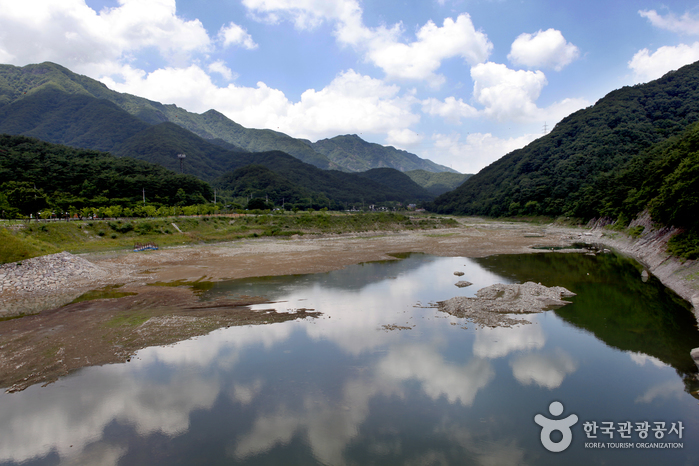
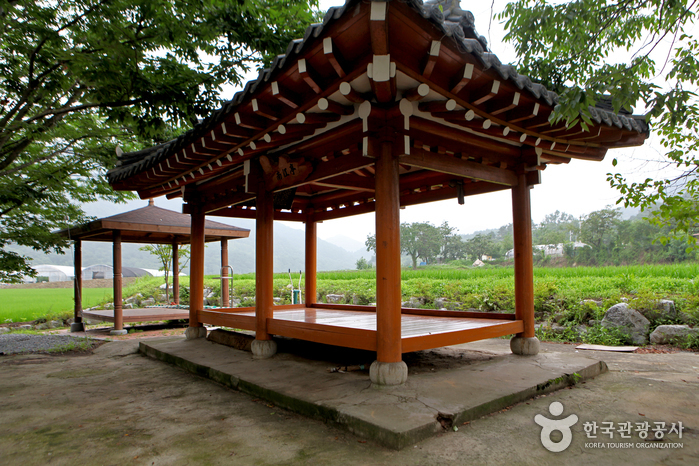
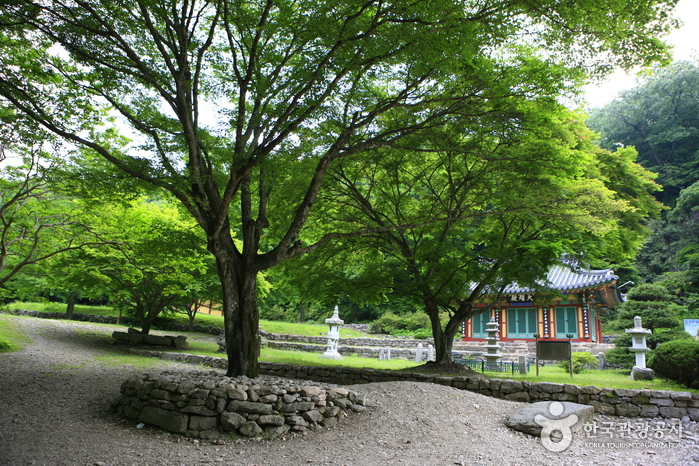
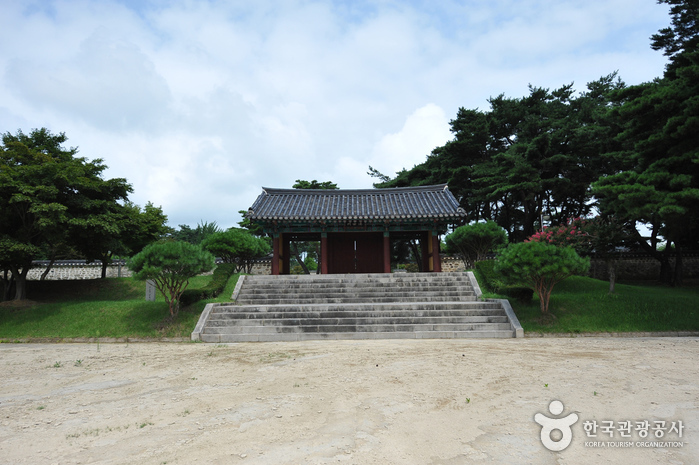
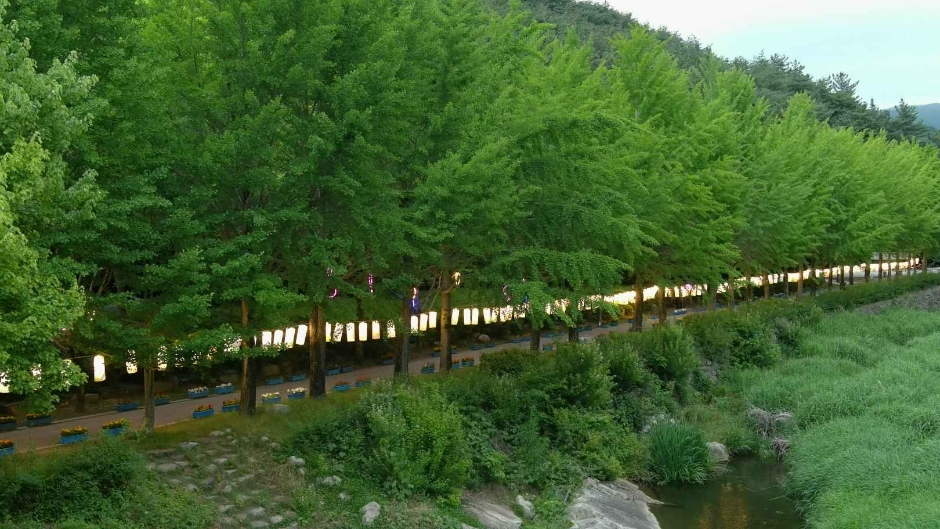
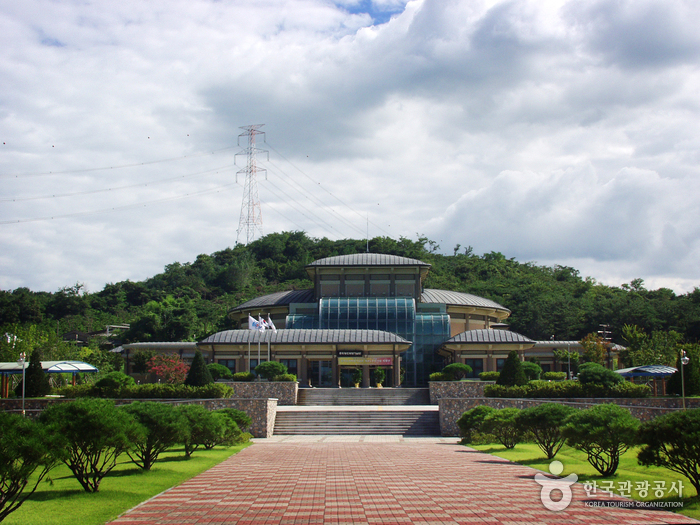
 English
English
 한국어
한국어 日本語
日本語 中文(简体)
中文(简体) Deutsch
Deutsch Français
Français Español
Español Русский
Русский